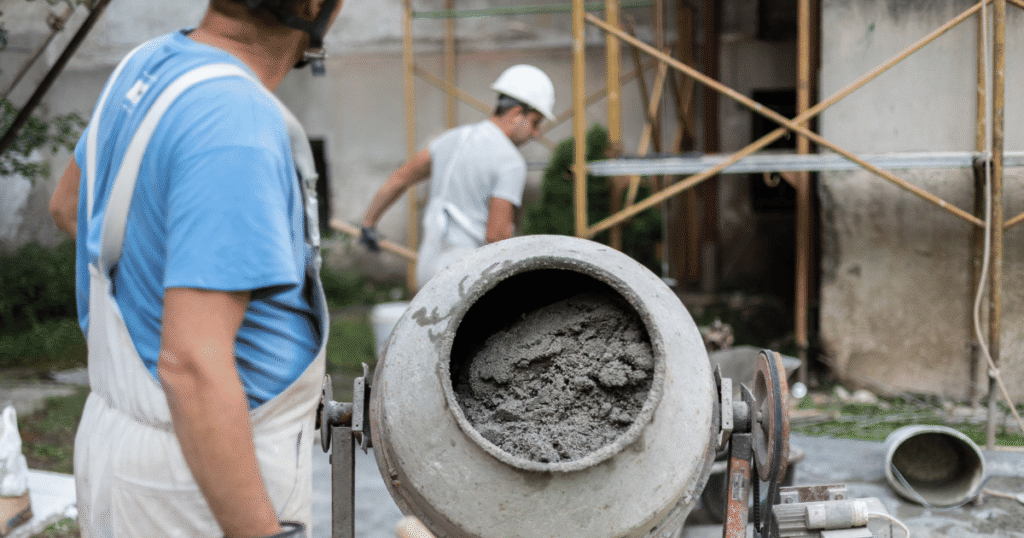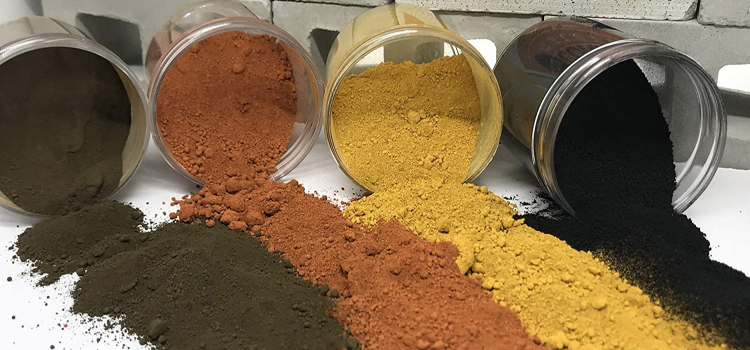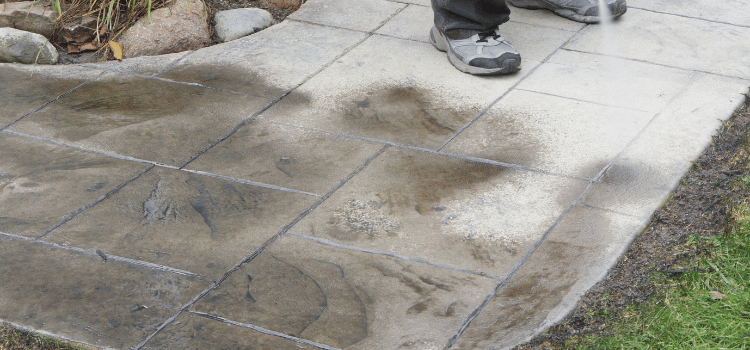What is concrete made of? If you’ve ever walked on a sidewalk, driven down a highway, or seen the foundation of a house being poured, you’ve encountered concrete.
It’s everywhere. But what is concrete made of, really? It might just look like a gray, boring slab, but concrete is actually a carefully balanced mixture of several key ingredients that each play a major role in how it performs.
Let’s break it down and look at what concrete is made of, piece by piece.
What Is Concrete Made Of? The Basic Ingredients

While there are different types and formulas for specific needs, most concrete is made from the following four primary ingredients:
1. Cement
(Usually Portland Cement) Cement is the “glue” in the concrete mix. When water is added to cement, it creates a chemical reaction that causes it to harden, this is called hydration.
The most commonly used type is Portland cement, a fine powder made from limestone and other minerals. Fun fact: Cement and concrete aren’t the same thing! Cement is just one part of what concrete is made of.
2. Water
You might be surprised, but water is essential to making concrete.
It reacts with cement in a process called hydration, which helps the mixture harden and gain strength over time.
The amount of water used directly affects the final strength of the concrete. Too much water = weaker concrete. Too little water = hard to work with.
3. Aggregates (Sand, Gravel, or Crushed Stone)
Aggregates make up the bulk of concrete, usually around 60 to 75% of the total volume.
These materials give concrete its body, strength, and resistance to cracking or shrinking.
There are two main types:
- Fine aggregates, like sand.
- Coarse aggregates, like gravel or crushed stone.
The size and ratio of these aggregates affect the workability and durability of the concrete.
4. Air (Yes, Air!)
While not always added on purpose, tiny air bubbles can be intentionally included in some concrete mixtures through a process called air entrainment.
This helps concrete survive freeze-thaw cycles, making it more durable in colder climates.
Optional Additives and Admixtures
Besides the main ingredients, there are a bunch of optional additives that can be thrown into the mix depending on the project’s needs.
Here’s a look at a few common admixtures used in concrete:
- Plasticizers: Make concrete easier to pour and work with.
- Accelerators: Help concrete set faster (good for cold weather).
- Retarders: Slow down setting time (helpful in hot weather).
- Color pigments: Add color to concrete for decorative purposes.
- Fiber reinforcements: Increase strength and reduce cracking.
These additives aren’t essential to answer the basic question of what is concrete made of, but they definitely enhance performance for specific applications.
Why Each Ingredients Matters

To really understand what is concrete made of, it helps to see how each part contributes to the final product.
Let’s take a quick look at each ingredient’s role:
- Cement Acts as the binder or glue that holds everything together.
- Water reacts with cement to form a hard, strong structure.
- Aggregates provide volume, strength, and resistance to cracking/shrinkage.
- Air improves freeze-thaw resistance (when intentionally added)
- Admixtures improve workability, setting time, durability, and even appearance
Optional Additives and Admixtures
Besides the main ingredients, there are a bunch of optional additives that can be thrown into the mix depending on the project’s needs.
Here’s a look at a few common admixtures used in concrete:
- Plasticizers: Make concrete easier to pour and work with.
- Accelerators: Help concrete set faster (good for cold weather).
- Retarders: Slow down setting time (helpful in hot weather).
- Color pigments: Add color to concrete for decorative purposes.
- Fiber reinforcements: Increase strength and reduce cracking.
These additives aren’t essential to answer the basic question of what is concrete made of, but they definitely enhance performance for specific applications.
Is All Concrete The Same?

Not quite. While the core components stay the same, the ratio of ingredients can vary depending on what the concrete will be used for.
Common Types of Concrete:
- Ready-mix concrete: Pre-mixed and delivered in a truck, great for large jobs.
- High-strength concrete: Uses less water and more cement for stronger results.
- Lightweight concrete: Includes lightweight aggregates like expanded clay.
- Stamped or decorative concrete: Stamped concrete includes color and texture additives for aesthetic purposes.
Even though the answer to what is concrete made of doesn’t change too much, the proportions and tweaks in the recipe make a big difference in the final product.
How Is Concrete Mixed
If you’re thinking of mixing concrete yourself, here’s a super simple basic ratio many DIYers use:
1 part cement: 2 parts sand : 3 parts gravel + just enough water
Steps to Mix Concrete:
- Combine dry ingredients (cement, sand, gravel) in a wheelbarrow or mixing tub.
- Slowly add water while mixing until the texture is thick but workable.
- Use immediately before it begins to set (usually within 1-2 hours).
Pro tip: Always follow the instructions on your bag of concrete mix. Different brands may have slightly different formulas.
Final Thoughts On What Is Concrete Made Of
So, next time someone asks you, “Hey, what is concrete made of?”, you’ve got the answer ready.
It’s not just some gray goop; it’s a science-backed blend of cement, water, and aggregates (with a few clever extras sometimes thrown in).
Concrete might seem boring on the surface, but once you know what’s in it, you realize it’s actually a pretty incredible material.
Durable, versatile, and found just about everywhere, all from a mix of pretty simple ingredients.






